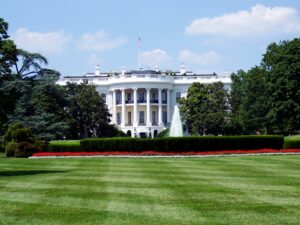Memo, roundtable n°7, January 24, 2019 from the Southeast Observatory
With Prof. Jay Batongbacal (University of the Philippines, Institute for Maritime Affairs and Law of the Sea, Manila)
Memo by Tom Eisenchteter
In 2014, the People’s Republic of China embarked on an island-building campaign in the Spratly Islands region, building three massive military bases and four smaller surveillance outposts within the span of two years.
To accomplish this, it engaged in massive reclamation activities that excavated sand and other materials from surrounding seabed, buried entire coral reef structures and atolls, packed and paved them with concrete, setting the stage for the building and operation of artificial harbours, ports, and airfields in the middle of open sea. The area also happens to be a large marine ecosystem comprised mainly of large coral reef areas. Smaller South China Sea claimant countries have also undertaken their own and smaller reclamation projects to shore up structures on natural islands, or to build their own small outposts in shallow waters, over the years. But none approaches China’s in scale or impact. It has inflicted a massive blow against the marine ecosystem in the South China Sea, at the heart of the fisheries habitat upon which surrounding States depend.
China’s advance into the Spratlys Island region was primarily a military-strategic decision, intended to advance its Anti-Access/Area-Denial strategy within the first of its Two Island Chains. With this advance, China also uses its new bases to support its resource-hungry fishing sector (which also serve as maritime militia) to extract resources from the South China Sea, including areas within the Exclusive Economic Zone of the surrounding Southeast Asian States. While its bases do not yet officially host based military vessels or aircraft, they are already being used to extend the range and presence of its already massive fishing fleet.
Thus, it is also supporting and accelerating the exploitation of the living marine resources of the SCS. Non-living resource exploitation is not far behind, as Chinese marine scientific research vessels have been scouring the seabed of the South China Sea as well, seeking new sources of minerals and energy. It is not far-fetched to assume that, even without its military components, China can fully and completely explore and take all of the natural resources of the South China Sea to the exclusion and detriment of the other littoral states.




